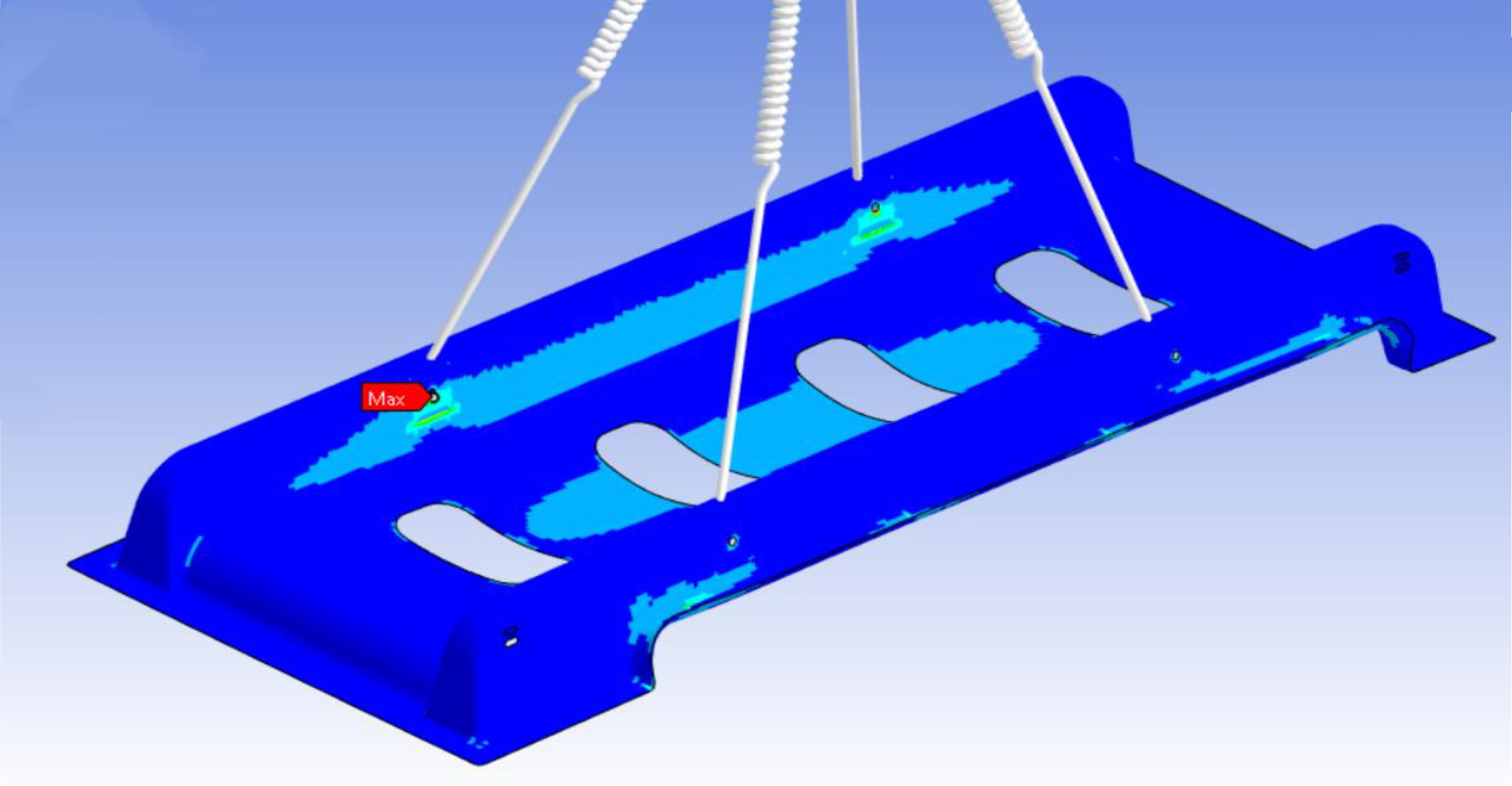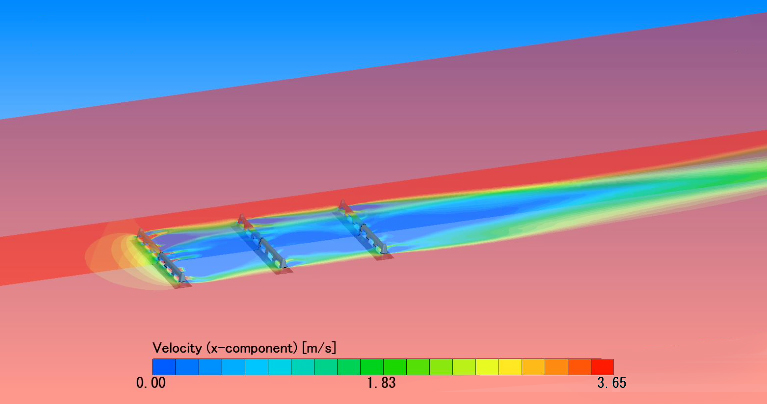CSUB stands at the forefront of subsea innovation with Norway’s largest engineering department dedicated to Glass Fibre Reinforced Polyester (GRP) structures. Our unrivaled expertise is the driving force behind our cutting-edge subsea protection systems and subsea subsea support structures, ensuring unmatched quality and durability.
CSUB’s engineering department is located in Arendal on the Norwegian south coast. This is where all main management functions, the global engineering, and project execution capabilities, are located, and it lies in close vicinity to one of our factories located at Eydehavn.
Our engineering group consists of highly skilled engineers with a vast knowledge of design, fabrication, and structural analysis of composites – always in accordance with local regulations.
Our products are made of a lightweight and sustainable material called Glass Fibre Reinforced Polyester (GRP). Due to its long design life and high strength ratio, GRP is suitable for a wide range of applications. We have extensive experience in markets where quality is required, including oil and gas, aquaculture, and the civil engineering market.
Having engineering, fabrication, and assembly teams within the same company, CSUB ensures short iteration loops and efficient production, resulting in lower costs and shorter construction times.
We build complex shapes in one piece, which reduces the number of parts, simplifies the assembly, and gives us the ability to collaborate and optimize the design. Our engineers always design according to the specifications and needs of our clients.


